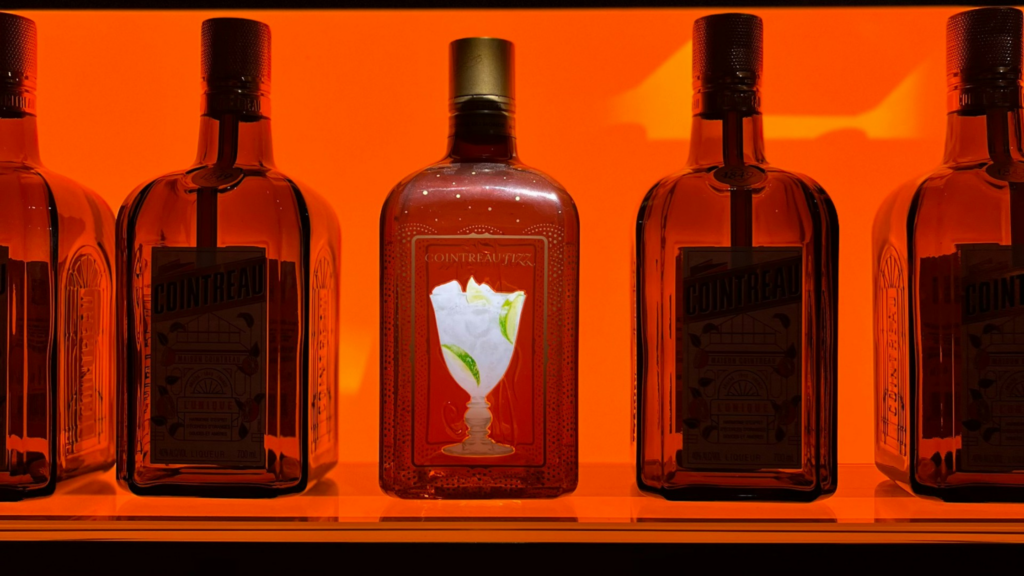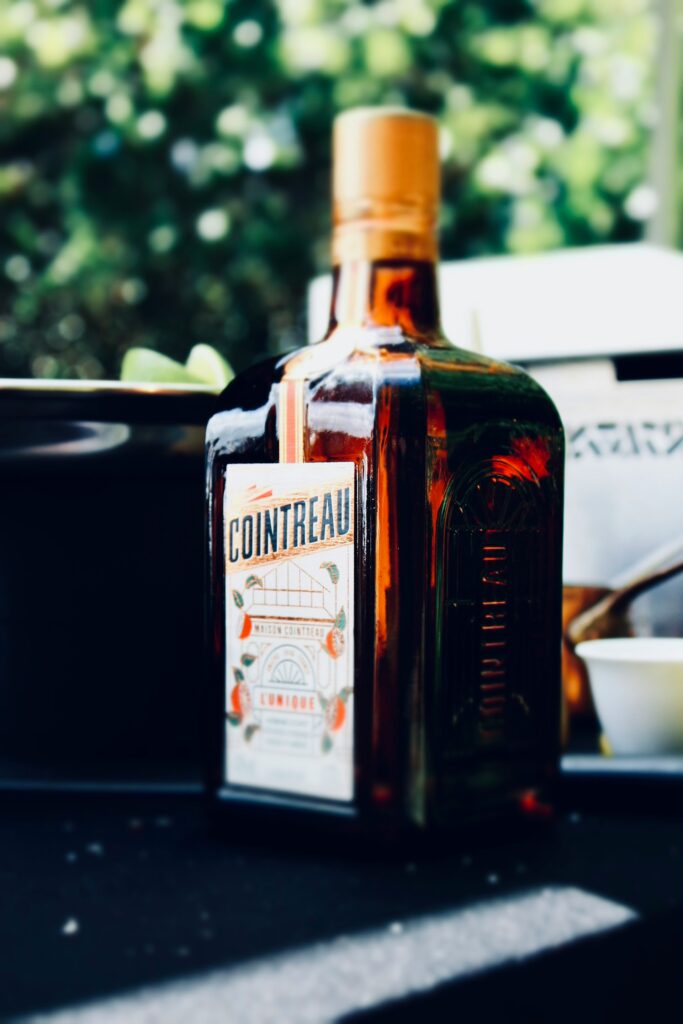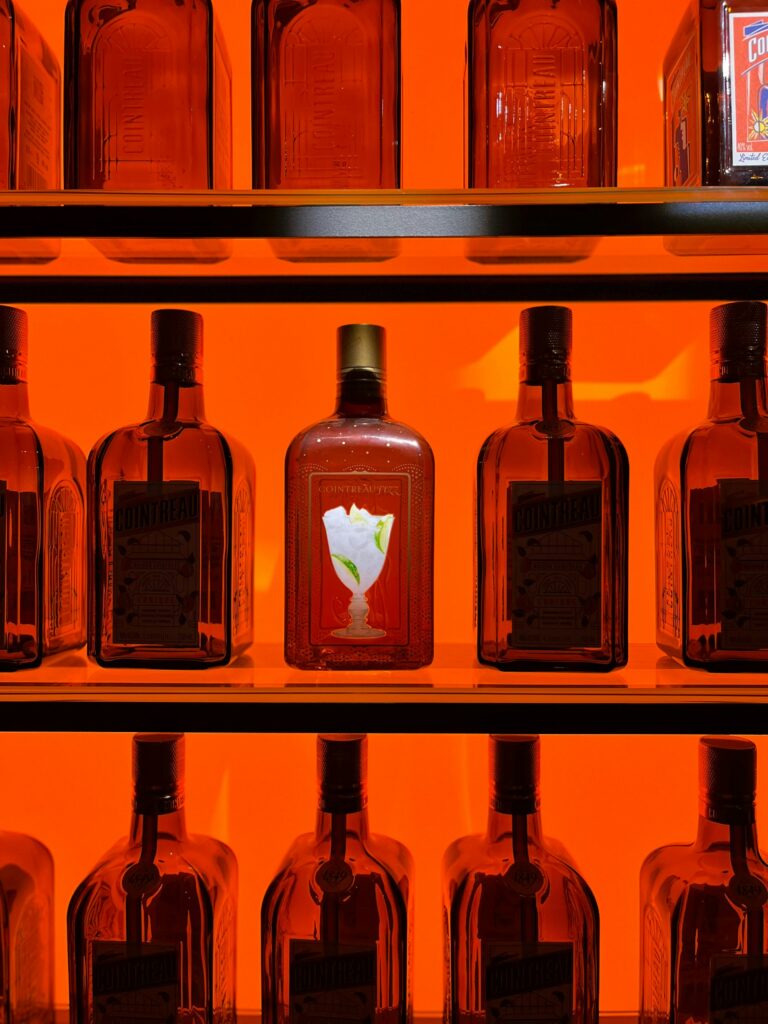Working with Culinary Alcohols
Posted: 02 Jan 2025

Working with Culinary Alcohols: the Whys, Hows and Wherefores
Culinary alcohols aren’t just for Christmas, they’re a brilliant way to extend shelf life, boost other flavours and aromas, and add a hint of luxury to your chocolates, patisserie and even ice cream.
If you’ve been hesitant to try adding alcohol concentrates to your recipes, let us show you how and why you should embrace the fabulous, multi-purpose ingredient that is alcohol!
by Lyndsey Hall
2nd January 2025
Adding Alcohol to Your Ingredient List
Liqueur bonbons may remind you of the boxes of chocolates your nan brought to Christmas when you were a kid, filled with a cherry brandy that burned your throat and made your eyes water. But alcohol fillings are still incredibly popular today, whether it’s a truffle made with Marc de Champagne, a praline with amaretto or a selection of liqueur chocolates made with premium spirits like Cointreau and St Rémy.
Adding alcohol to your recipes doesn’t have to overpower the other flavours in your chocolates and knock the socks off your customers. You can use as much or as little liqueur as you like, and even a tiny percentage will improve the shelf life of your bonbons and highlight the delicious flavours without turning your chocolate box into a fully stocked bar.
As long as your confectionery contains no more than 0.2 litres of alcohol per kilo, with up to 57% volume, and each piece weighs no more than 42g, you won’t need an alcohol licence – although it’s important to note liqueur chocolates may not be sold to under 16s.
Using Alcohol to Extend Shelf Life
Adding alcohol to a chocolate filling recipe doesn’t have to mean labelling your products as alcoholic or ‘liqueur chocolates’. Using up to 1.2% culinary alcohol in your total recipe will increase the shelf life of your products and make sure they’re still at their best weeks or even months after production, without the need to label your products as containing alcohol.
For more guidance on shelf life, take a look at our blog Chocolate Shelf Life: Your Questions Answered and watch the video we made with the team at the UK Chocolate Academy.
Enhancing Flavours with Alcohol
One of the main benefits of alcohol is its power to enhance scents and aromas – hence its use in perfume making. It works the exact same way in cooking and chocolatiering, when used in the right doses. E.g.:
- At 1.2%, Cointreau, with its essential orange oil, will mask any bad flavours in the recipe, whether that be shelf life extending ingredients or vegan substitutes, for example.
- At 1.5%, Cointreau will enhance the flavour of your chocolate filling without imparting any orange flavour or alcohol taste.
- And at 3%, your ganache or filling will bear the recognisable flavour of bitter orange and alcohol.

Why Choose Concentrated Alcohols?
Liqueurs contain water – the natural enemy of chocolate and friend of bacteria – so the higher the ABV of your chosen alcohol the less water activity and less risk of bacterial growth. Not only that, your alcohol flavours will also be more intense and you’ll need to use less, saving you money and giving a stronger, longer lasting flavour.
Several of our culinary alcohols are also low in sugar (Cointreau 60% and Amaretto 60% are both sugar free), so you don’t need to worry about adjusting your recipes to balance sweetness.
Plus, all of our concentrated alcohols come in 100% recycled and recyclable PET bottles, meaning they’re safer in your kitchen and better for the environment.
Still unsure? Watch this video on 7 Reasons to Use Culinary Cointreau in Food Applications.
Recipes for Using Alcohol in Chocolates
If you’re looking for a little guidance on which alcohols to use and what flavour pairings to try, our Recipe hub has a fair few ideas to get you started:
- Creme a la Carte Alternative
- Spiced Christmas Cocktail Chocolates
- Apple & Brandy Truffle
- Limoncello Truffles
- Ocoa, Apple & Rum Truffles
- Classic St Rémy XO Brandy Truffles
- Cointreau Fruit Ganache
- Dark de Champagne Truffle
- Lime & Cointreau Ganache
- Lime Caramel, Coconut Praline & Rum Ganache
- Mango Bellini
- Matcha Mojito Bonbons
- Salted Caramel Truffles with Cointreau
- Pimm’s & Lemonade
- St Rémy XO Brandy & Hazelnut Chocolates
- The Mojito
- Caramel & Champagne Heart
How to Make Your Own Alcohol Crème
An alcohol crème is a ganache filling made from a base of white chocolate, cream, sugar and alcohol. We worked with Callebaut to develop a simple recipe which will allow you to create a range of alcohol crèmes using one of the culinary alcohol concentrates available from Keylink:
- Cointreau Crème – use 2.5% Cointreau Concentrate
- Brandy Crème – use 2.5% St Rémy XO Brandy Concentrate
- Amaretto Crème – use 2.5% Amaretto Concentrate
With these recipes, the percentage given represents the ratio of alcohol to base mass. For example, for 1kg of base crème you would add 25ml of Cointreau 60% concentrate. So, one litre bottle of Cointreau concentrate would be enough for 40kg of ganache.
Whilst these are our recommended recipes, you are of course always free to vary the concentration if you want a stronger or weaker flavour.

The Right Measure in Pastry
The following doses are accurate for Cointreau, St Rémy, Mount Gay and Kirsch Jacobert:
Recipe | Light Flavour | Strong Flavour | Very Intense Flavour |
Pastry Cream | 20g/kg | 40g/kg | 50g/kg |
Chantilly Cream | 15g/kg | 35g/kg | 45g/kg |
Light Cream | 20g/kg | 40g/kg | 50g/kg |
Butter Cream | 15g/kg | 35g/kg | 45g/kg |
Ganache | 50g/kg | 80g/kg | 100g/kg |
Mousse | 20g/kg | 40g/kg | 50g/kg |
Ice Cream | 15g/kg | 35g/kg | 45g/kg |
Sorbet | 20g/kg | 40g/kg | 50g/kg |
Soaking Syrup | 80g/kg | 150g/kg | 250g/kg |
And there you have it! We can’t wait to see what you create with our range of concentrated culinary alcohols, tag us @keylinkltd on social media in your posts!

Lyndsey is a marketing executive, writer and lover of books and chocolate from Sheffield.
Her favourite chocolate is Cacao Barry Lactee Superieure.
.svg)
 white.svg)